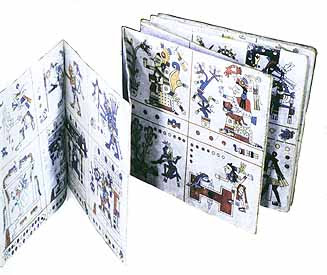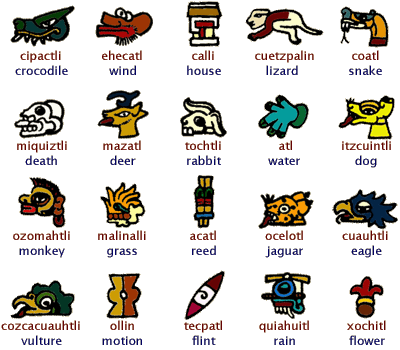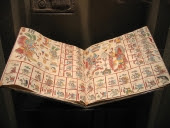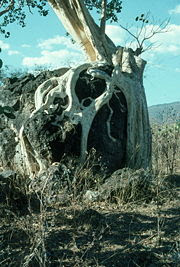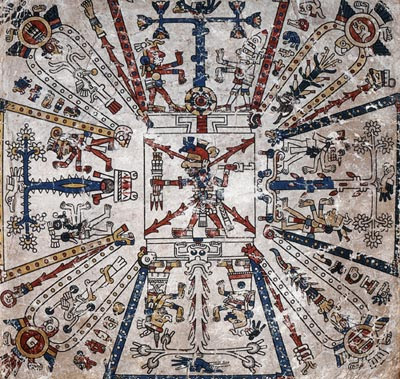Over the years, I’ve gotten quite few questions on how to pronounce and spell my blog name AmoXcalli, as well as “why did you pick such a weird name” questions, so I decided to give a little Aztec/Mexica culture lesson 101 from the indigenous point of view.
The Aztec people were called the Mexica before the Spanish Conquest. The name Azteca was given to them by the Spanish conquistadores. From what I’ve been told by my family and fellow Aztec dancers is that as the Spanish were coming over a mountain and they pointed and asked the indigenous people who the people were that lived over that mountain. The people said, “the Azteca” meaning the feather workers who lived there, the Spanish took it to mean the people as a whole and the name stuck. We call ourselves the Mexica, which is pronounced Meh shee ka. The letter X in Nahuatl (the Mexica language at the time of the conquest and still in use by over a million people in Mexico today) is also soft, almost like a whisper. Ssh. So if you’re saying flower or “Xochitl”, you say Sho sheetl the l at the end kind of gets thrown to the back of your throat.
Nahuatl is an accentuated language, where the emphasis occurs on the adjacent syllable of the last syllable. Nahuatl is what is called a Uto-Aztecan language. The majority of speakers live in central Mexico, particularly in Puebla, Veracruz, Hildago, San Luis Potosi, Guerrero, Mexico (state), El Distrito Federal, Tlaxcala, Morelos and Oaxaca, and also in El Salvador. There are smaller numbers of Nahuatl speakers throughout the rest of Mexico, and in parts of the USA. There are numerous dialects of Nahuatl.
Classical Nahuatl was the language of the Mexica people, also called the Aztec Empire and was used as a lingua franca in much of Mesoamerica from the 7th century AD until the Spanish conquest in the 16th century. The modern dialects of Nahuatl spoken in the Valley of Mexico are closest to Classical Nahuatl.
Nahuatl was originally written in pictograph script and was often carved on stone or painted into books made of Amatl paper. Amatl paper was made from the bark of the amate tree and is still made in the traditional way today in various parts of Mexico. The Spanish called these books Codices or Codex and they destroyed most during the Conquest. The books were considered sacred and were filled with histories, knowledge of herbal medicine, astronomy, ritual, surgery and so much more that is lost forever. The books were folded accordion style and were read back to front, right to left. Sometimes they were written on animal skin, but usually with the Amatl paper. A book was called Amox (ah mosh) and a house was called Calli. Together Amoxcalli means library or literally book house.
